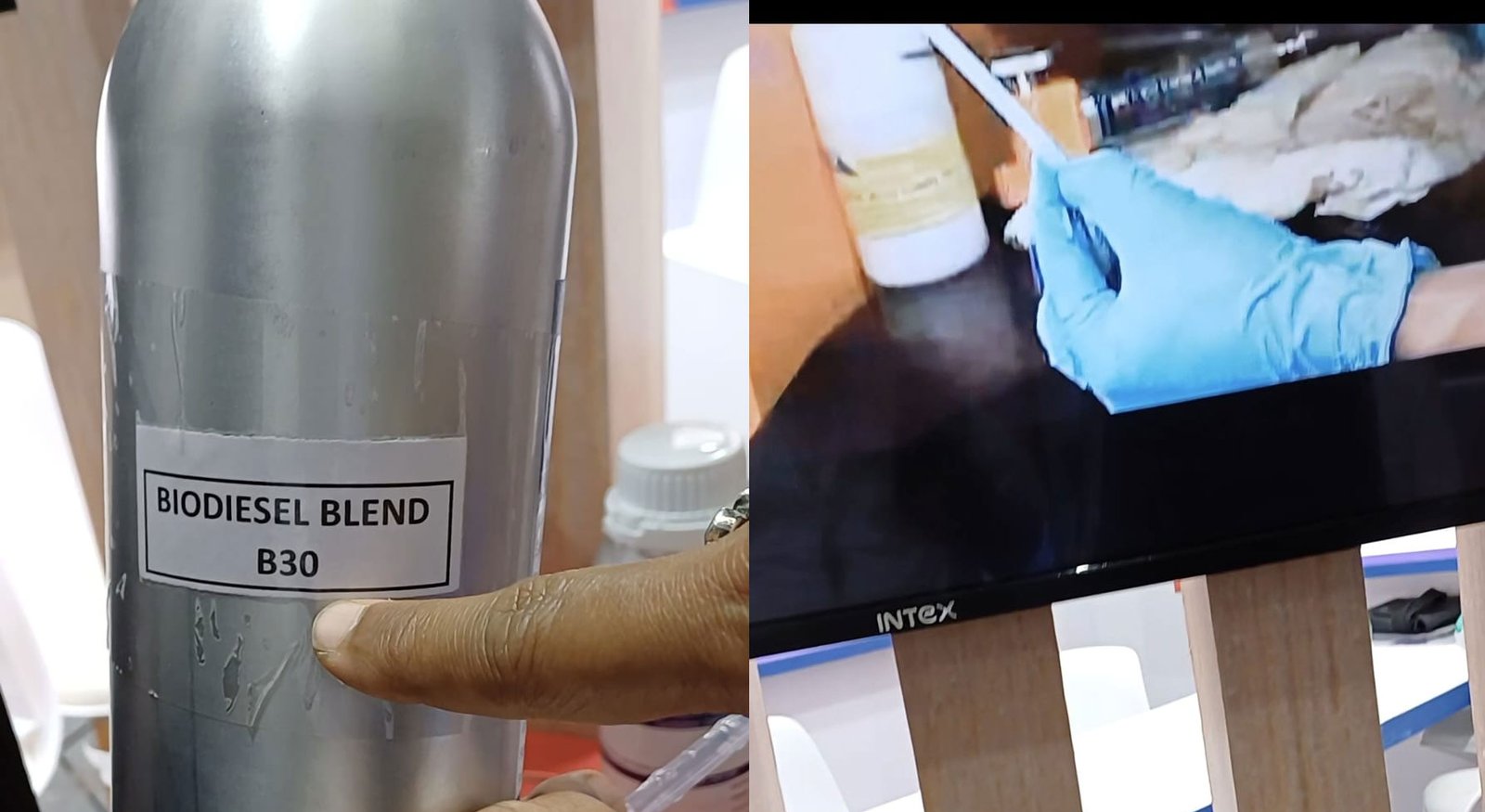Pranab Kumar Bhattacharyya
Founder – AI Chat Rubber Polymers, Pune, Maharashtra, India
Introduction
The concept of solubility and solubility parameters is crucial for understanding the compatibility of different materials in rubber compounds. Developed by Hildebrand and Scott, the solubility parameter is defined as δ = ΔE/V, where ΔE is the molar cohesive energy, and V is the molar volume. For polymers, Small’s equation δ = ρ2 Σf1/M is widely used, where ρ2 and M are the polymer density and molecular weight, respectively and Σf1 represents a constant known as ‘group attractive constants. Theoretical calculation of solubility parameters is often associated to NMR studies and degradation data. Besides theoretical calculation other methods like equilibrium swelling and turbidimetric techniques are used for determining Solubility parameters of Elastomers. Most encouraging and safe point is that all methods provided nearly same result of solubility parameters..
With increasing polarity, such as the acrylonitrile content in elastomers like NBR, both the cohesive energy density (CED) and solubility parameter increase. A given copolymer is most soluble in a solvent with an equal solubility parameter. For example, acetone is a good solvent for NBR rubber with 33% acrylonitrile content, whereas polybutadiene swells only slightly in acetone. Conversely, polybutadiene swells significantly in mineral oil, while NBR is resistant to it.
The solubility and diffusion rate of sulphur in nitrile rubber are much lower compared to natural rubber or SBR. The sulphur dosage usually does not exceed 1.5-2 phr, and difficulties with sulphur dispersion are managed by adding sulphur at the beginning of the mixing cycle and using sulphur masterbatches or specially treated sulphur, surface-treated with magnesium carbonate.
In natural rubber, 1.6% of sulphur can dissolve at room temperature, with solubility increasing with temperature; at 100°C, the solubility reaches 7%. The low solubility of sulphur in rubber can cause “blooming,” where sulphur appears as a whitish coating on the uncured compound surface, negatively affecting the mix’s building tack. Blooming can also occur with certain peroxide systems, where byproducts from peroxide decomposition couple together and become insoluble in the compound. Phenyl-β-naphthylamine is less soluble in NR than SBR and often blooms at higher doses, whereas phenyl-α-naphthylamine (PAN) has better solubility in NR and typically does not bloom even at 3 phr. Paraffin waxes are extremely non-polar and should be added in small quantities to polar rubber.
The molecular weight and structure of plasticizers are crucial in determining their plasticizing effect on rubber, as well as their ability to migrate and influence low-temperature properties.
This chapter covers following topics.
- Solubility parameters of elastomers
- Solubility parameters of Rubber accelerators
- The What, the Why and the How to prevent blooming in Sulphur cured and Peroxide cured compounds
- Pseudo blooming of white fillers and few additives
- Solubility parameters for useful blending of rubbers
- Solubility parameters of Solvents and Plasticisers
- Overview on chemistry of DOA, DOS, TOTM, Adipates, Polyether and Polyester based plasticisers, processed Vegetable oils for compatibilization and performance.
- Significance of properties of those plasticisers with reference to technical data sheets.
(The complete Chapter is available only in member’s area)



